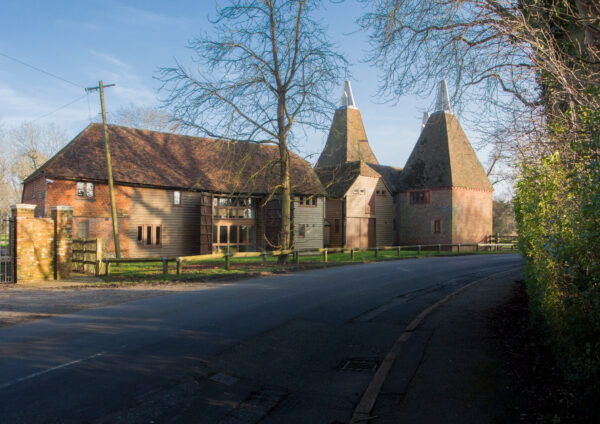
An example of a barn conversion
For those considering converting a barn or other rural building into a home under permitted development rights for barn conversions, 20 May 2025 is a critical deadline. The rules governing these agricultural building conversions changed on 21 May 2024, but a transitional period has allowed both the old and new regulations to run in parallel. This transitional arrangement ends on 20 May 2025. After this date, only the new restrictions will apply, significantly altering what can be achieved under barn conversion planning rules. If you’re planning a barn-to-home conversion, now is the time to act.
Understanding Barn Conversion Rule Changes
Permitted development rights for agricultural buildings allow the conversion of barns and other rural structures into residential dwellings without requiring full planning permission. These rights have been a valuable tool for landowners and rural developers looking to repurpose redundant structures. However, the new Class Q regulations introduce several key limitations affecting barn conversion projects.
What Changes Take Effect on 20 May 2025?
Since 21 May 2024, two sets of barn conversion rules have been running concurrently: the previous, more generous regulations and the new, more restrictive ones. This transitional arrangement allows applicants to choose which set of rules to apply under, but this flexibility ends on 20 May 2025. After this date, only the new restrictions will apply. However, applications submitted before 20 May 2025 can still be assessed under the previous, more generous barn conversion rules.
Key Rule Amendments
- Reduction in Maximum Dwelling Size
- Before 20 May 2025: A single dwelling can be up to 465m².
- After 20 May 2025: The maximum size of any individual dwelling will be 150m².
- Increase in the Number of Dwellings Allowed
- Before 20 May 2025: Up to five dwellings can be created.
- After 20 May 2025: This increases to ten dwellings, but the total cumulative floorspace cannot exceed 1,000m².
- Wider Eligibility Criteria for Barn Conversions
- Previously, only agricultural buildings within an active farm unit were eligible.
- Under the new rules, former agricultural buildings that have not been used for other purposes since 24 July 2023 will now qualify.
- Introduction of Rear Extensions for Converted Barns
- A single-storey rear extension of up to 4 metres will be permitted, provided it is constructed on an existing hard surface that was in place before 24 July 2023.
- Allowance for External Alterations
- External modifications, such as cladding, will be permitted as long as they do not increase the external dimensions of the building by more than 0.2 metres.
- Clarification on Access Requirements
- Buildings without an existing suitable access to a public highway will not be eligible for conversion under the new rules.
Act Now—Secure Your Barn Conversion Before the Deadline!
For those looking to develop a larger single dwelling, the existing rules offer greater flexibility, but applications must be submitted before 20 May 2025 to be assessed under the previous criteria. After this, developers will need to work within the tighter barn conversion restrictions, which may favour schemes involving multiple smaller units instead.
To ensure a smooth application process, it is essential that submissions clearly specify whether they are being made under the outgoing or new barn conversion rules to avoid delays or misunderstandings.
Expert Advice for Successful Barn Conversions
Navigating these changes effectively requires a strong understanding of permitted development rights for barn conversions. At Norton Taylor Nunn, we specialise in helping landowners and developers maximise their opportunities within the barn conversion planning framework. If you are considering a barn-to-residential conversion, we encourage you to get in touch with us today to discuss your options before the deadline passes.
For further reading on planning advice, visit the Royal Town Planning Institute (RTPI) or check Historic England for guidance on converting listed buildings.
For more insights on rural development and barn conversion planning guidance, visit our Norton Taylor Nunn Blog.



